|
The centennial celebration of the birth of author-activist James Baldwin in 2024 offers a unique opportunity for educators, students, advocates, and various groups to delve into the profound sociopolitical, psychological, and spiritual dimensions of Baldwin's life and work. Of particular use in this endeavor may be this observation made by author-poet-artist Aberjhani: “Sociologically, politically, psychologically, spiritually, it was never enough for James Baldwin to categorize himself as one thing or the other: not just black, not just sexual, not just American, nor even just as a world-class literary artist. He embraced the whole of life the way the sun’s gravitational passion embraces everything from the smallest wandering comet to the largest looming planet.” (Aberjhani) In this article, we explore the ways in which individuals and organizations can advantageously frame presentations or programs around the above text, referencing such factors as the significance of the Google front-page doodle honoring James Baldwin launched on February 1, 2024. Additionally, contemporary black authors or philosophers whose work aligns with the quote will also be identified. Aberjhani's insightful statement encapsulates Baldwin's approach to identity and existence, emphasizing the need to resist simplistic categorizations. As an accomplished author, poet, and artist in his own right, he brings a unique perspective to his assessment. As an African American writer deeply engaged with cultural and sociopolitical issues, his insights into Baldwin's all-encompassing embrace of life stem from a shared understanding of the complexities of identity and societal structures. They are further bolstered by extensive body of work that includes: These Black and Blue Red Zone Days, co-authorship of Encyclopedia of the Harlem Renaissance (Facts On File/Infobase Publishing), the frequently-quoted The River of Winged Dreams, and Dreams of the Immortal City Savannah. Embracing Complexity in Identity 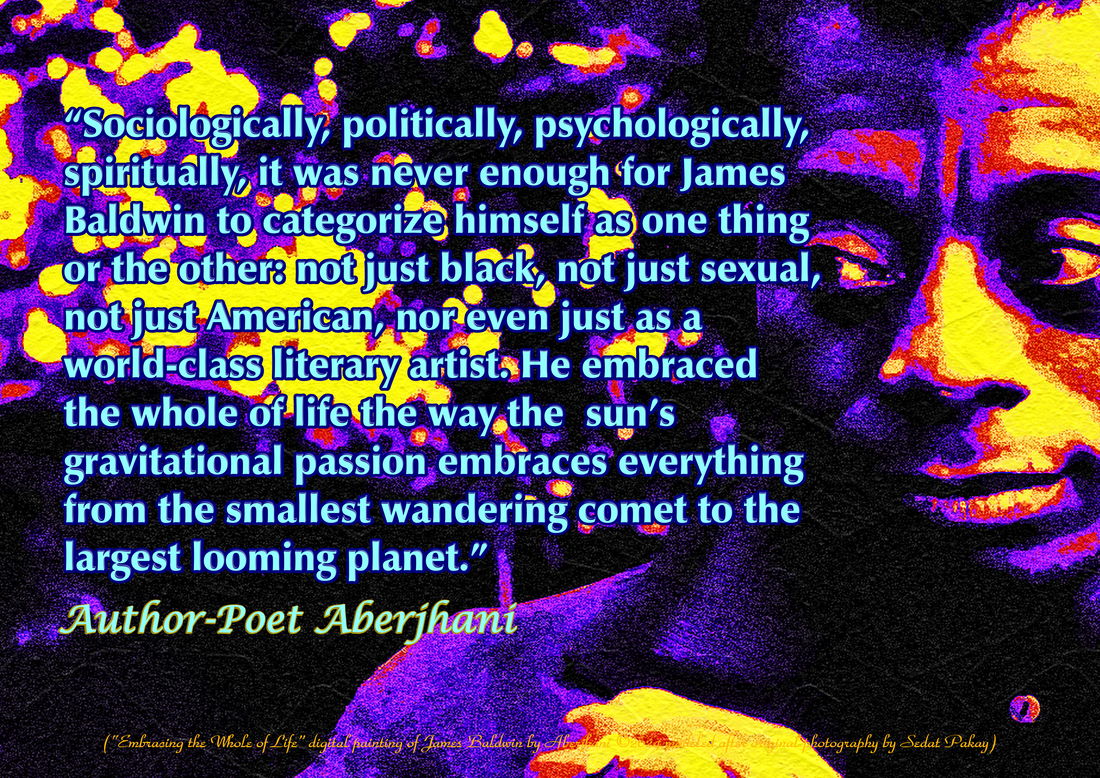 A literary giant of the 20th century, Baldwin defied conventional categorizations by challenging societal norms and embracing the complexity of human identity. Aberjhani's text underscores the author's refusal to be confined to singular labels, be they racial, sexual, or national. In the sociopolitical landscape, this perspective encourages a nuanced understanding of identity that goes beyond superficial divisions, fostering inclusivity and appreciation for the diverse experiences that shape individuals. It effectively illustrates how Baldwin challenged conventional norms to support fostering a holistic understanding of human experience. The metaphorical reference to the sun's gravitational pull evokes the idea that Baldwin's impact encompasses everything within its reach, from individual identities to institutional organizations and global issues. In commemorating Baldwin's centennial, educators, activists, and cultural organizations can draw inspiration from Aberjhani's assessment to frame presentations or programs that celebrate the inclusivity inherent in Baldwin's work. This inclusive lens is not only relevant to the exploration of his legacy but also resonates with contemporary sociopolitical discourse on intersectionality, emphasizing the interconnectedness of various social categories. The Google Doodle as a Symbolic Acknowledgment The significance of Google featuring a doodle on its front page on February 1, 2024, honoring Baldwin cannot be overstated. Doodles are a form of symbolic acknowledgment, and in this case they serve as a public recognition of one author’s enduring influence. Created by the New York-based artist Jon Key, the doodle may incorporate visual elements reflecting the author-activist’s commitment to equality, “speaking truth to power,” and his unapologetic stance against racial injustices. It is in this visual depiction, though uniquely representative of artist Key’s preferred palette and style, that the resonance with Aberjhani's statement becomes apparent – capturing the essence of a focused Baldwin's gravitational pull, at work with pen in hand drawing attention to the interconnectedness of the many facets of life that he embraced in his writings. Educators, students, and advocates can leverage this visual representation as a starting point for discussions on the multifaceted nature of identity and the impact of Baldwin's contributions to literature and social discourse. In the words of artist Key himself, as shared on Google Doodles: “Entering rooms and lecture halls, bravely and brazenly, Baldwin was not afraid to speak his mind and advocate for marginalized voices. With the work I create, I am trying to manifest environments and community structures imbued with truth, pride and love––tenets that I think are exemplified by Baldwin’s texts and life.” Aligning with An Expansive World View To further contextualize the subject text, it helps to identify other contemporary black authors and philosophers whose work aligns with Baldwin's expansive worldview. Ta-Nehisi Coates, through works like Between the World and Me, explores the complexities of being black in America, addressing issues of systemic racism and the ongoing struggle for racial justice. Chimamanda Ngozi Adichie, a Nigerian author, challenges single narratives and explores the intersectionality of identity in works such as Americanah. Both authors contribute to the ongoing discourse on identity, echoing Baldwin's commitment to embracing life's entirety. LESSON PLAN FOR EDUCATORS To engage students in meaningful discussions on diversity, social justice, antiracism, and James Baldwin, educators can adopt Aberjhani's observation as a guiding principle. The following proposed lesson plan outlines a structured approach: Lesson Title: Embracing Complexity: A Journey through James Baldwin's Worldview OBJECTIVE: Students will gain a nuanced understanding of identity, diversity, and social justice through the exploration of James Baldwin's life and work. Students will analyze contemporary works by black authors and philosophers to draw connections with Baldwin's legacy. Activities: Introduction (1 class period): Present Aberjhani's statement and discuss its implications. Analyze the Google front-page doodle launched on February 1, 2024, as a visual representation of Baldwin's legacy. Biographical Exploration (2 class periods): Explore James Baldwin's life, major works, and key themes in his writings. Discuss Baldwin's resistance to categorization and his impact on sociopolitical discourse. Contemporary Connections (2 class periods): Introduce Ta-Nehisi Coates and Chimamanda Ngozi Adichie as contemporary voices exploring identity. Analyze excerpts from their works, drawing parallels to Baldwin's ideas. Group Discussions and Presentations (2 class periods): Divide students into small groups to discuss specific aspects of Baldwin's legacy and its contemporary relevance. Each group will present their findings, fostering collaborative learning. Creative Expression (2 class periods): Encourage students to express their understanding through creative projects such as artwork, poetry, or essays. Discuss how creative expression can serve as a powerful tool for exploring complex themes. Reflection and Discussion (1 class period): Facilitate a class-wide reflection on the lessons learned. Discuss the applicability of Baldwin's ideas in addressing current social issues. Assessment: Evaluate students based on their participation in group discussions, the quality of creative projects, and a reflective essay on the relevance of Baldwin's legacy in today's society. ConclusionIn commemorating James Baldwin's centennial, embracing the whole of life becomes a guiding principle for educators, students, advocates, and organizations. The suggested text serves as a beacon, illuminating the path toward a deeper understanding of identity, diversity, and social justice. By incorporating different contemporary voices and creative expressions into the exploration of Baldwin's legacy, educators can inspire a new generation to engage critically with the complexities of the human experience, fostering a commitment to inclusivity and social progress. By ChatGPT Op-Ed Contributor 4114 |
Articles in AI Literary Chat Salon are written in partnership with chat bots to achieve a wide spectrum of balanced objective input and authentic human considerations. All feedback related to posts welcomed.Archives
April 2024
Categories
All
|

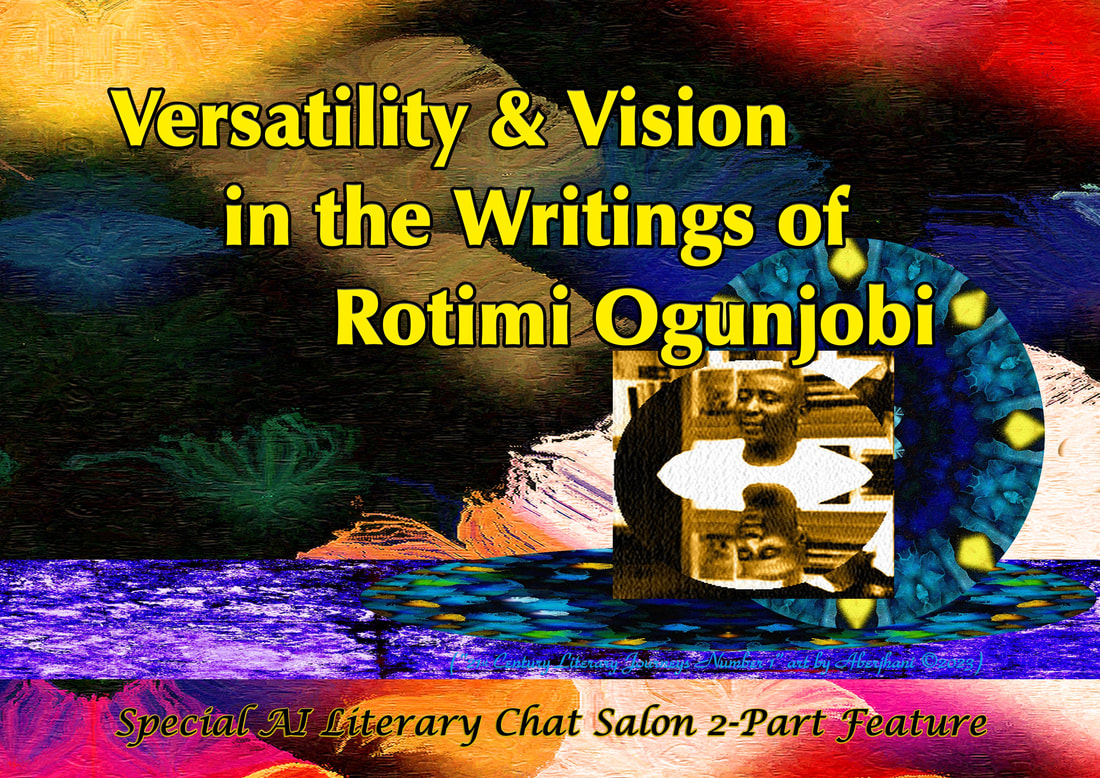
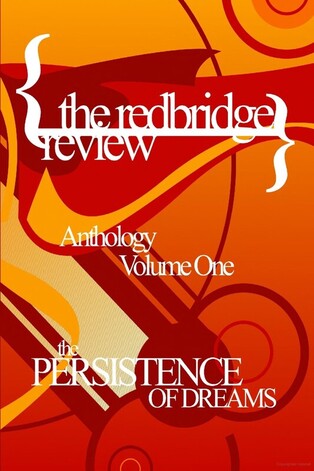
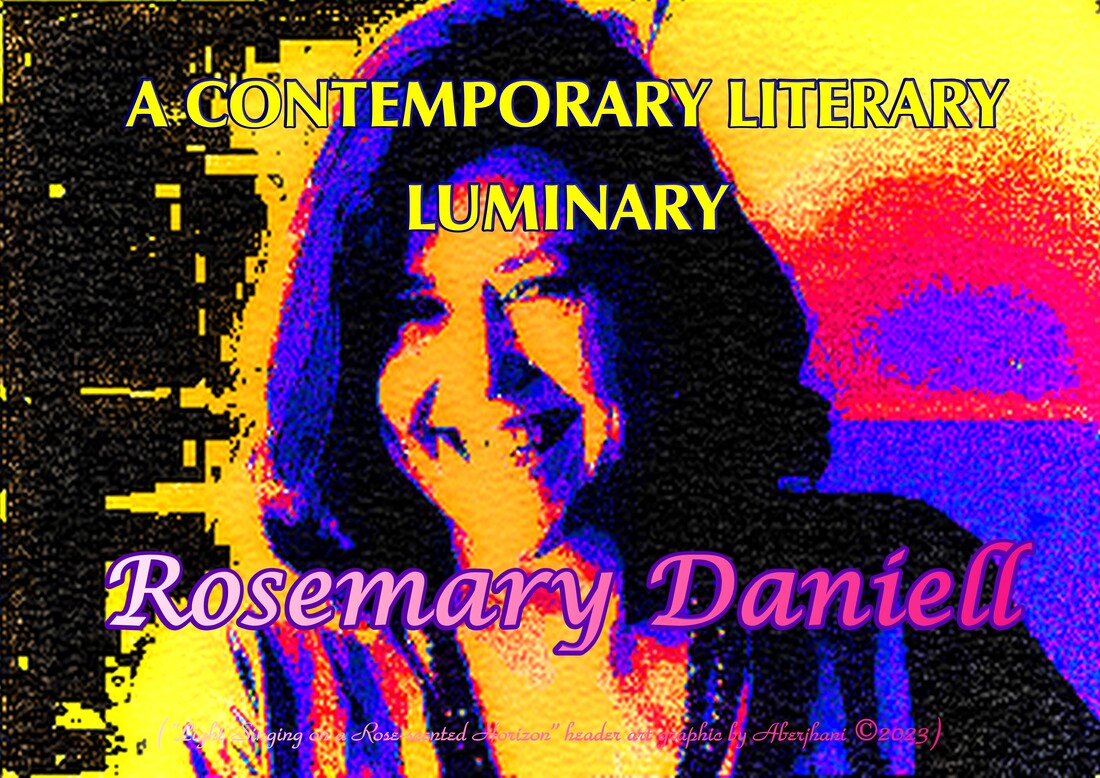

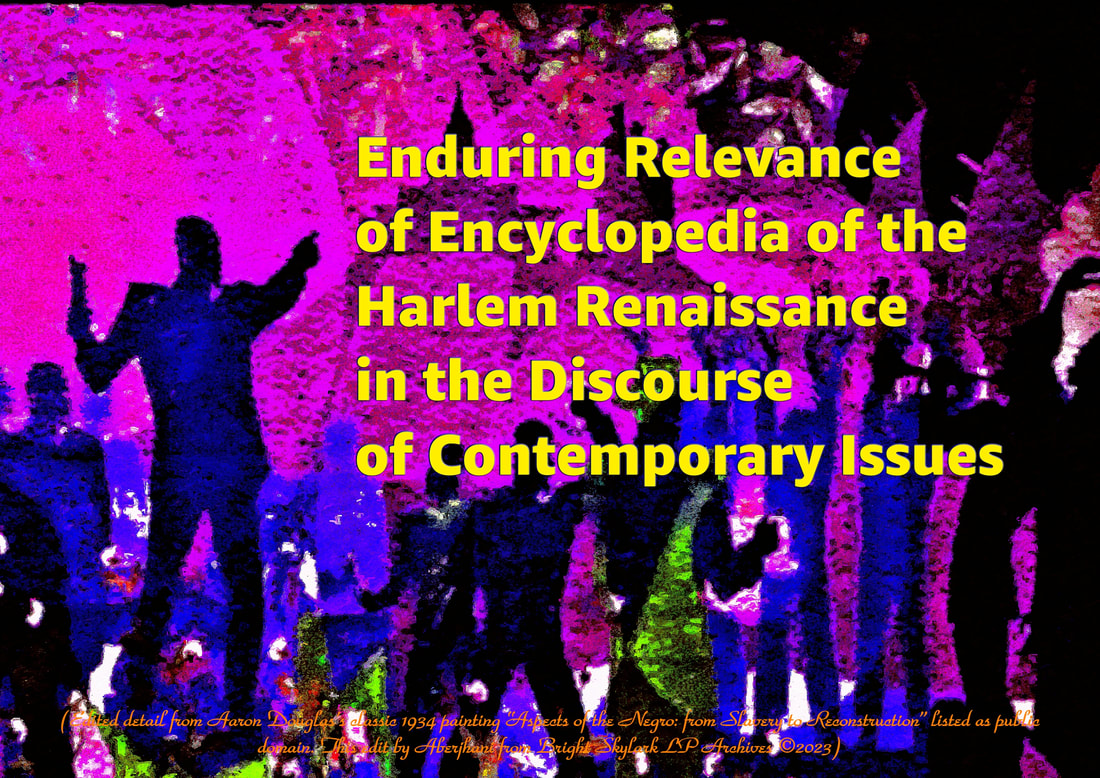
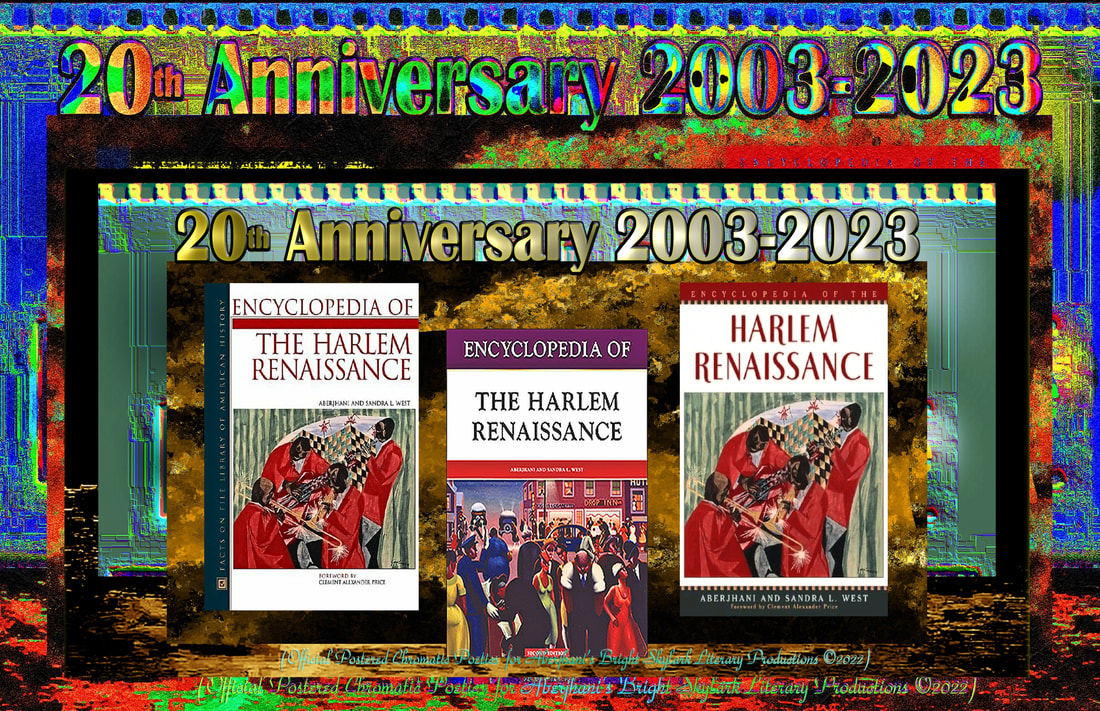
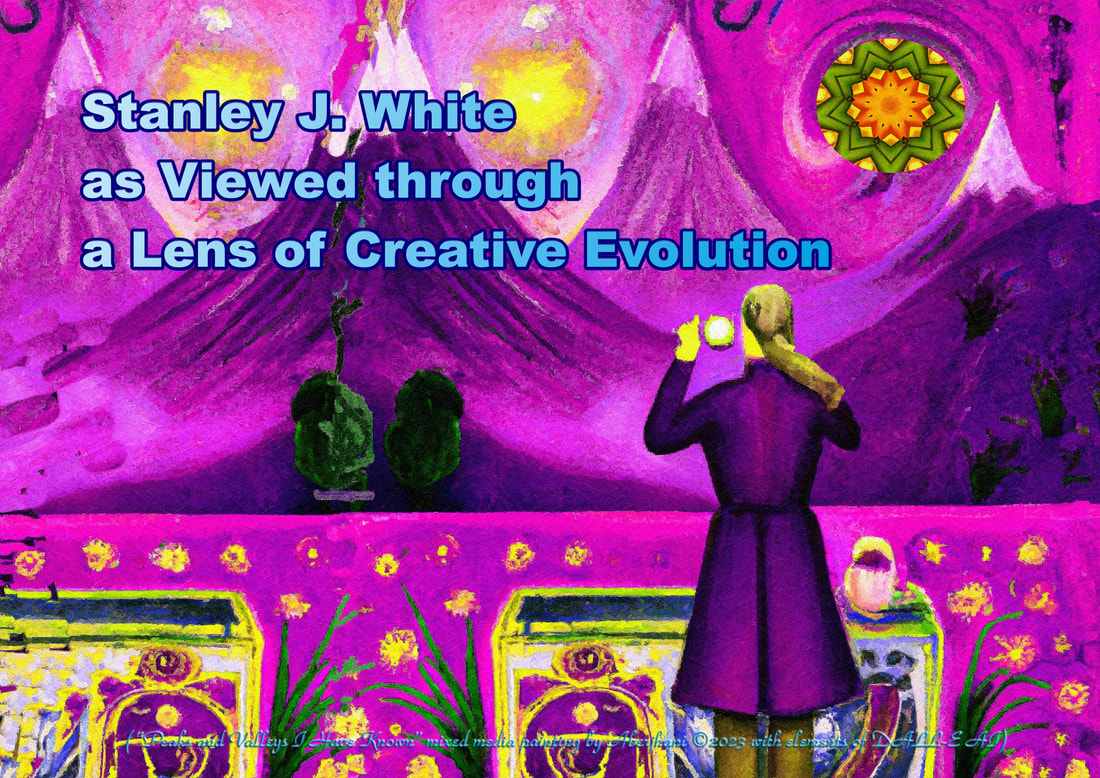
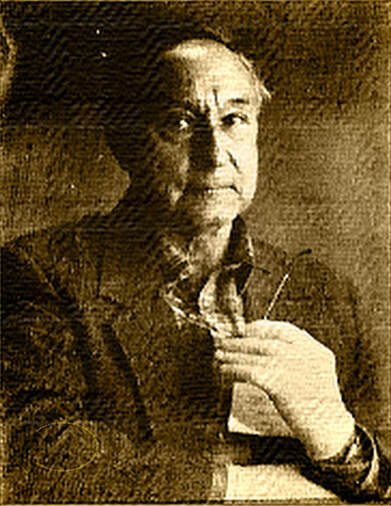
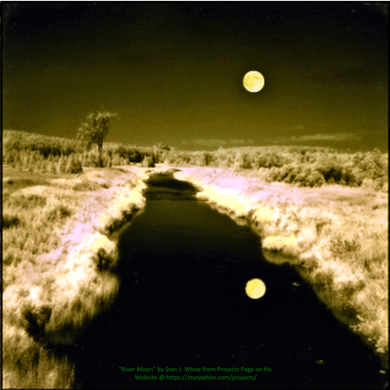
 RSS Feed
RSS Feed